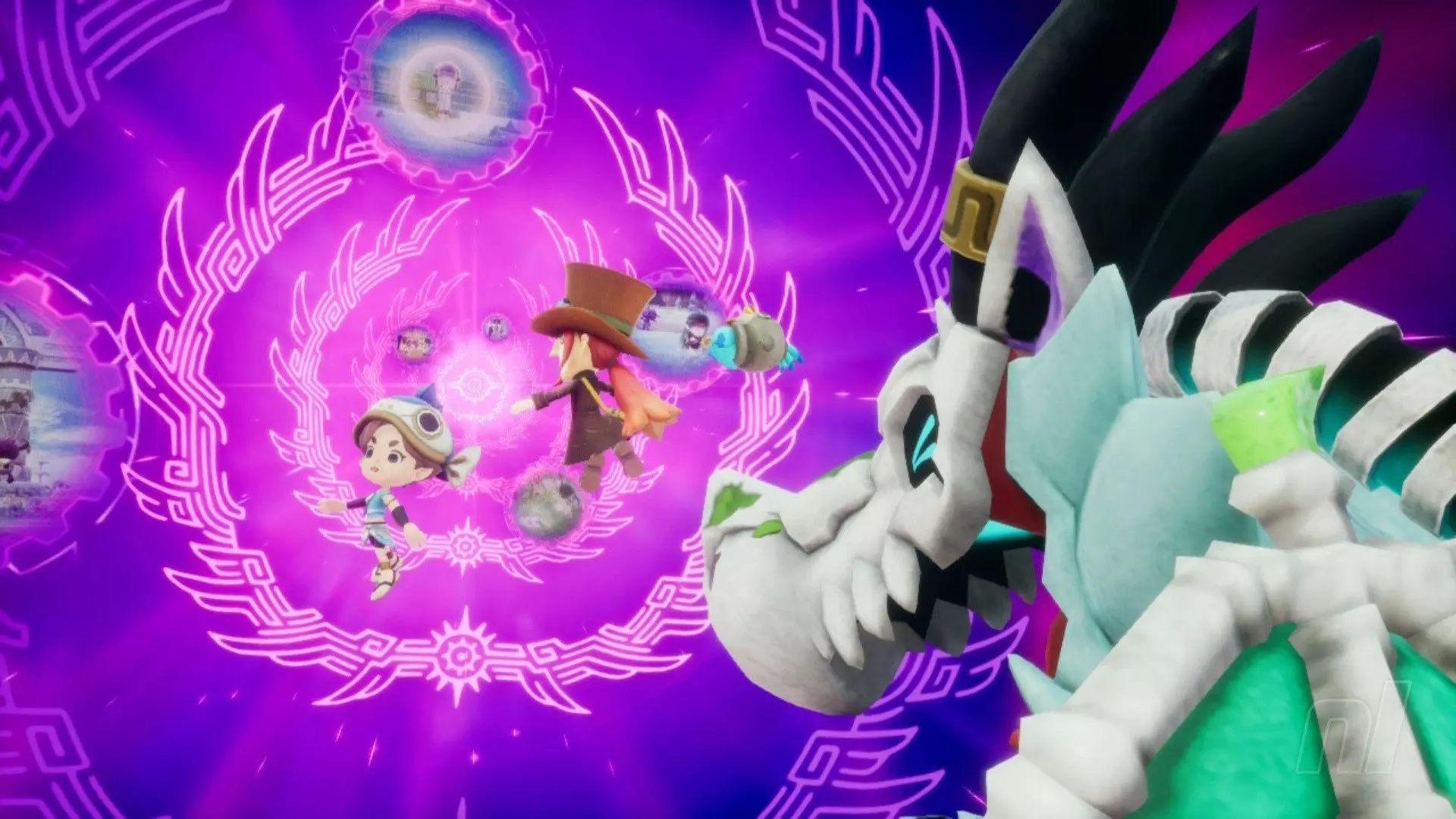Level-5, a name synonymous with innovative game design, has recently seen its stock soar with the release of “Fantasy Life i: The Girl Who Steals Time.” Gracing both Nintendo Switch and Switch 2 platforms, this game has been met with resounding acclaim, highlighted by our own glowing review, awarding it a perfect score of 9/10. Yet, beneath these commendations lies a riveting story of transformation, an evolution that exemplifies the resilience and ingenuity of a game development team.
Strategic Shift in Development Approach
CEO Akihiro Hino recently opened up in an interview on Denfaminicogamer, where he revealed that the game’s accolades were not merely the result of luck or timing, but rather a crucial pivot the development team executed about a year prior to launch. Initially, the game suffered from a “suffocating” sense of gameplay that prioritized extended playtime over player satisfaction. Listening to user feedback and their own creative instincts, the team took a bold step—essentially remapping the game to enhance the player experience and eliminate unnecessary stressors.
This decision serves as a testament to Level-5’s commitment to quality and player enjoyment, showcasing a willingness to reconsider their design decisions even at late stages of development. It’s this level of adaptability that really sets studios apart in an industry often plagued by rigid adherence to outdated concepts.
Innovative Design Choices Drive Engagement
Central to this revitalization was a comprehensive critique of the game’s initial mechanics and world design. Gone is the cramped world map that stifled exploration and immersion; in its place, players are greeted by an expansive, vibrant open-world filled with opportunities for exploration. The addition of a fluid movement system allowed for activities such as climbing trees and parkouring across terrain, which significantly enhances the gameplay experience. As Hino pointed out, these seemingly simple mechanics evoke a feeling of joy and comfort—a crucial aspect of any successful game.
Moreover, the development team’s ingenuity reached new heights by creating a custom system that seamlessly transformed 2D art into three-dimensional environments. Completing this massive overhaul in just two months is no small feat; it speaks volumes about the talent and commitment of the development team at Level-5. Their turning point stands as an example to other studios: innovation often comes from the willingness to embrace change.
A Bright Future Ahead
The road to “Fantasy Life i” was not without challenges, particularly following the departure of producer Keiji Inafune in 2024. However, Hino’s leadership during this tumultuous period has proven instrumental in steering the project toward success. With the invigorated gameplay and the artistry embedded throughout the game’s design, it’s clear that Level-5 is not only committed to learning from past obstacles but also to propelling itself into a remarkable future in the gaming space.
As players dive into the enchanting world of “Fantasy Life i,” it becomes evident that this game is more than just another title in a busy market—it’s a glowing representation of how thoughtful design and player-centric development practices can lead to something truly special.

